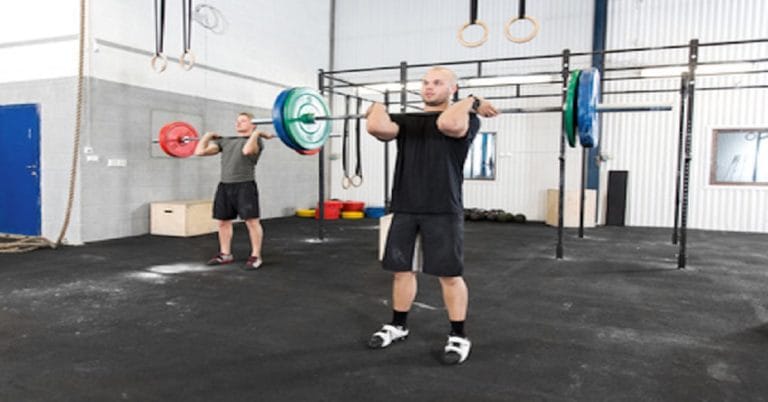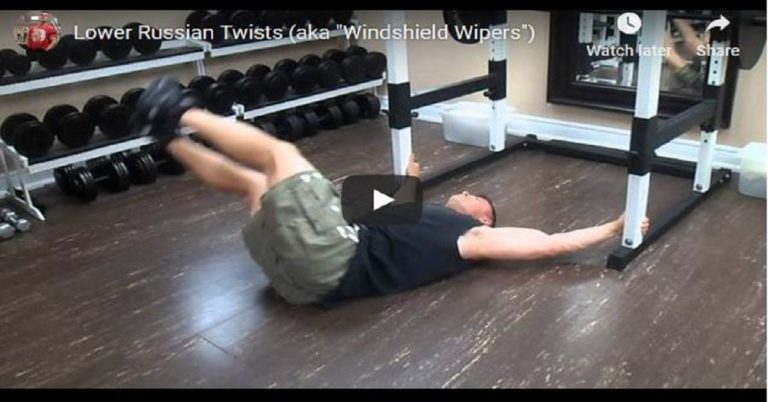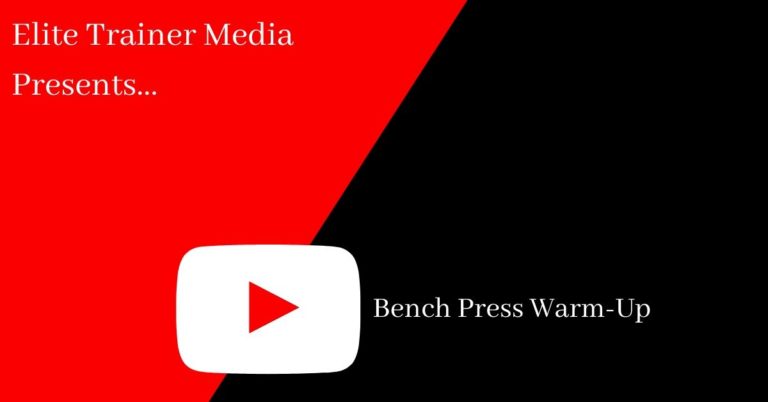Rule #1: Doing high-rep sets at the beginning of a workout increases lactic acid levels and inhibits the recruitment of high-threshold motor units, decreasing strength. Rule #2: Pyramiding from high reps to low reps crosses too many borders and confuses the body. Keep intensity within a narrow range. Rule #3: There’s an inverse relationship between…
During an episode of The Motivation and Muscle Podcast Show, Brooks Kubik, author of Dinosaur Training Secrets, discussed how weightlifters in the 1930s and ’40s naturally gravitated toward high-protein, low-carb diets. Without modern nutrition courses or research, they relied on instinct. When they prioritized protein, salads, and vegetables, they felt better, looked better, and performed…
On page 81 of The Elite Trainer, I discuss a controversial topic in strength training: Are Olympic lifts necessary to improve athletic performance in sports other than Olympic weightlifting? Let’s explore what some of the top experts in the field have to say. Bret Contreras: Comparing Olympic Lifts to Powerlifting “For decades, coaches have debated…
When it comes to detoxification, most people focus on the obvious culprits—what we eat, the air we breathe, and the products we put on our skin. But there are also hidden toxins that burden the body, and one of the biggest offenders today is electrosmog—the invisible pollution created by electrical devices. Cell phones and WiFi…
The other day, I was horsing around with my 5-year-old son. We were wrestling for a bit, and when the fun was over, I noticed my nose was bleeding. He must have scratched me by accident—no big deal. It healed, but it took a full week before the mark was completely gone. If my son…
Prescribing a specific number of repetitions is not always ideal in strength training. Sometimes, regulating time under tension (TUT) is a better approach than simply counting reps. One example we looked at a few weeks ago was the wrist roller exercise. When Time Under Tension Works Best Certain exercises make it difficult to count reps…
When it comes to strength training, sometimes it’s best to count reps, and other times it’s better to regulate time under tension (TUT). Here’s an example of where counting reps can work to your advantage. Rethinking Core Training When most people hear the word core, they automatically think abdominals—and nothing else. Only the muscles visible…
Often, the most appropriate answer to just about any question a personal training client asks is: “It depends!” Having a nighttime feeding right before bed is a perfect example. Most people believe that eating before bed will lead to weight gain and may adversely affect their sleep and overall health. Well, according to a recent…
When my wife and I bought a new home around 10 years ago, we knew we were going to spend a few dollars on structural upgrades. One of them was an extra foot of ceiling height in the basement so that once my gym was set up, overhead pressing wouldn’t be a problem. That foot…
As I discussed in my Warm-Up to Strength Training DVD, incorporating plyometrics before weight training can significantly enhance performance—if done correctly. Many top strength coaches swear by this method, and the science backs it up. A study published in the International Journal of Sports Physiology and Performance found that performing explosive-force movements immediately before a…










